The aroma of tarragon or what is commonly called tarragon cannot be confused with anything. Sweetish spicy-tasting grass is actively used in cooking. Using tarragon, you can prepare both refreshing lemonade and a delicious fish marinade or pickle fresh cheese with it. And so that the spice was always at hand, it can be grown at home. This article will talk about growing tarragon from seeds and caring for it at home.
Material Content:
Tarragon: features of growing
The main feature when growing tarragon is the choice of really high-quality planting material. The tarragon is rather capricious and has the ability to degenerate when poorly maintained, and since the distant relative of the spice is wormwood, you can get a lush flowering branch of this plant together with a cultivated tarragon. So it’s better to buy seeds from trusted suppliers.
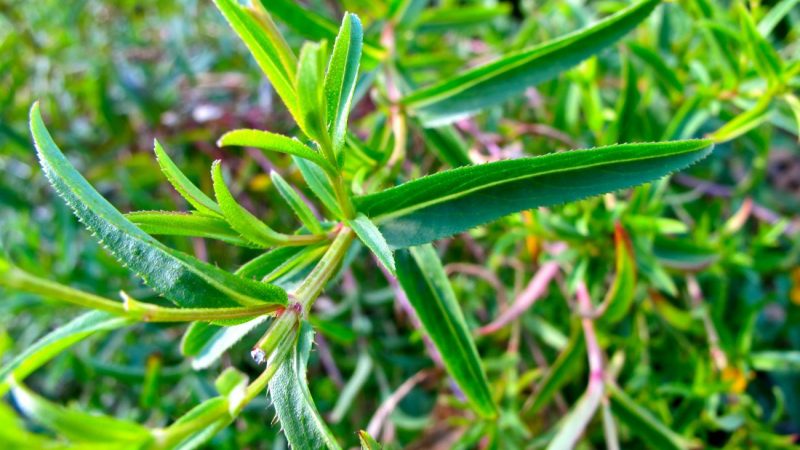
The following varieties are suitable for home cultivation:
- Gribovsky-31;
- Russian;
- French.
Further, it should be remembered that to obtain delicate and fragrant greens, tarragon requires a certain microclimate, which must be created, otherwise the foliage will grow coarse, lose its taste.
Planting tarragon seeds in a pot
Only plants that have enough light will have good germination, in the case of tarragon, illumination with phyto-lamps is necessary!

Further, in order for the plant to develop properly, you must follow all the recommendations below.
Preparation of tarragon seeds for planting
Germination in tarragon seeds takes a rather long period, the least - this is the appearance of sprouts two weeks after planting.But for this you need to try.
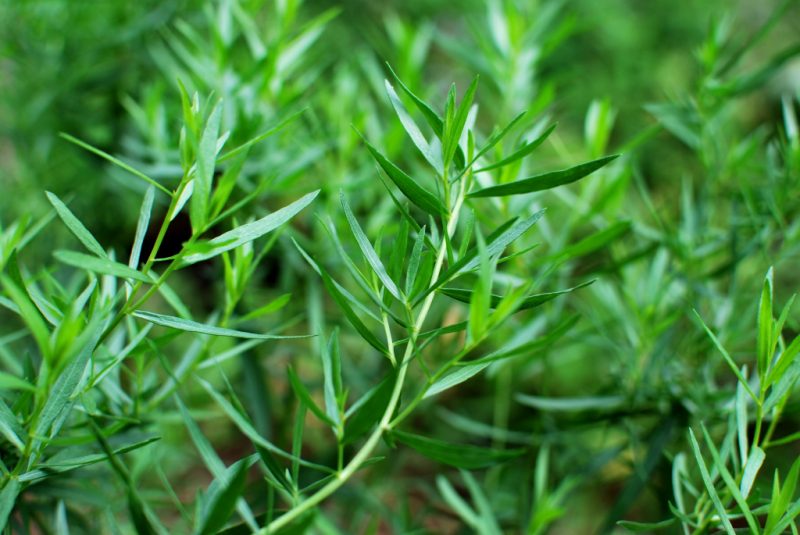
- Seeds are tested for buoyancy, and only seeds that are drowned are allowed to plant. To do this, the glass is filled with half warm water, the seeds are poured there and left for 3 to 4 hours at room temperature.
- Further, the seeds are immersed in a disinfecting solution for 8 hours.
- After this, the seed for 4 hours immersed in a solution with growth stimulants.
After such active water procedures, the seeds are ready for planting.
It is important to ensure that the water is warm all the time! To do this, you can place the tank above the central heating battery, but you can also not allow water to overheat.
Sowing technology
Tarragon landing should occur under the following conditions:
- Tarragon planted in the spring.
- The soil should be loose, with the content of moisture-intensive impurities such as vermiculite.
- Since tarragon does not like stagnant water in the planting container, it is necessary to lay a sufficient layer of drainage and make sure that there is no water in the drain tray.
- Seeds are neatly distributed on the surface of the soil, they should not be sprinkled on top.
- Watering is done from the spray gun.
- Further, the landing box is covered with a film, and put in the sunniest place or under a special lamp. Be sure to air, 10 minutes - 2 times a day.
- The temperature for germination should be at least + 15 C.
- After the first sprouts appear, the film should be removed for 30 minutes, increasing the interval every day. After a week, the film should be left only at night, and then completely removed.
Optimal conditions for growing
The statement that tarragon feels great, like any wormwood in different conditions, is true. But there are nuances, since if tarragon has to survive, then the taste will also hardly be distinguishable from wormwood.
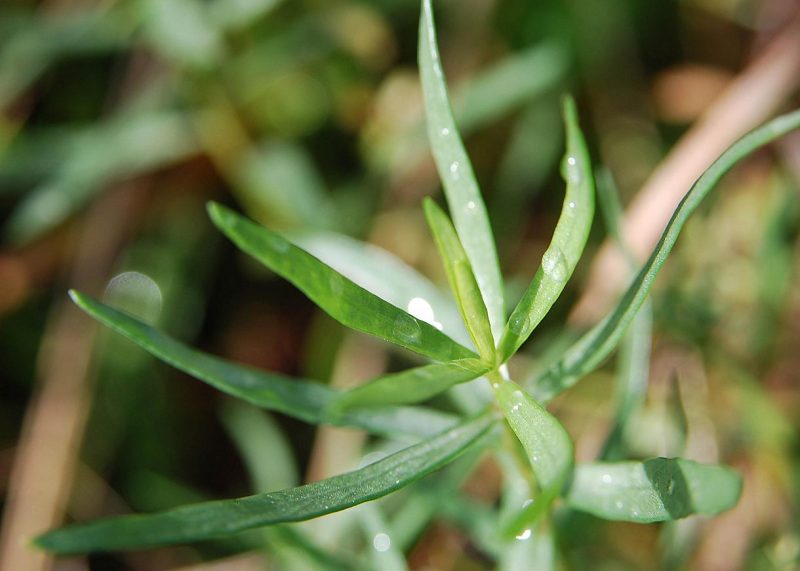
Therefore, in order for the tarragon to grow well, you will need:
- a lot of light, because the main green mass grows in the light;
- water for irrigation should be soft;
- you cannot create drafts;
- periodically take to the street and walk it in partial shade, and even better if it is possible to let the plant live on the street in the summer.
It is important not to leave it in the sun, otherwise the plant will get burns.
Tarragon care at home
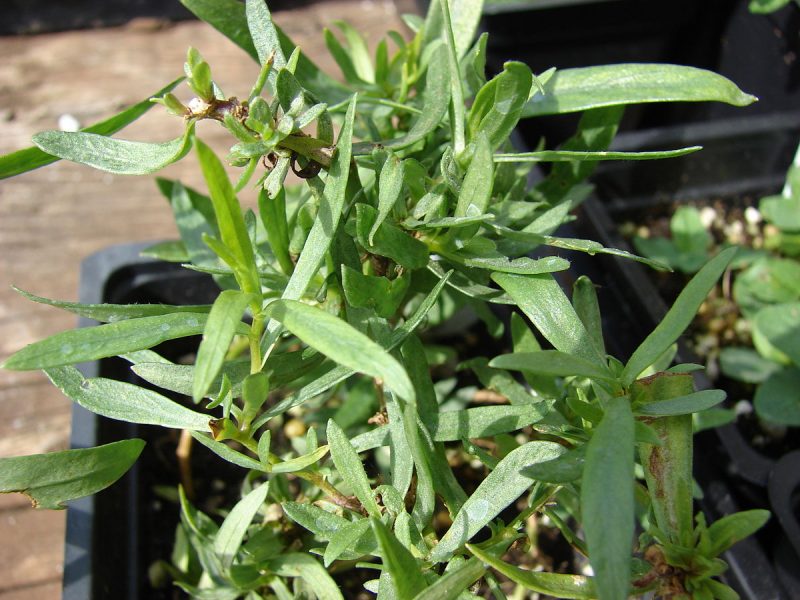
Caring for tarragon with proper cultivation is simple.
- Thinning the plant, because due to the growth of green mass, it may lack air.
- Periodically in the evening hours it can be sprayed.
- Gently loosen the soil a few hours after watering.
Watering and feeding
If it is possible to plant organic fertilizers and compost, as well as garden soil, when planting, this will be a good starting point. If there is no garden plot, then you can use the purchased land for plants of this group.
It should be remembered that tarragon does not like acid soil, acidity can be reduced by adding ash or special preparations, and ground chalk can also be added.
Collection and harvesting of grass
Collect herbs by cutting immediately before use.
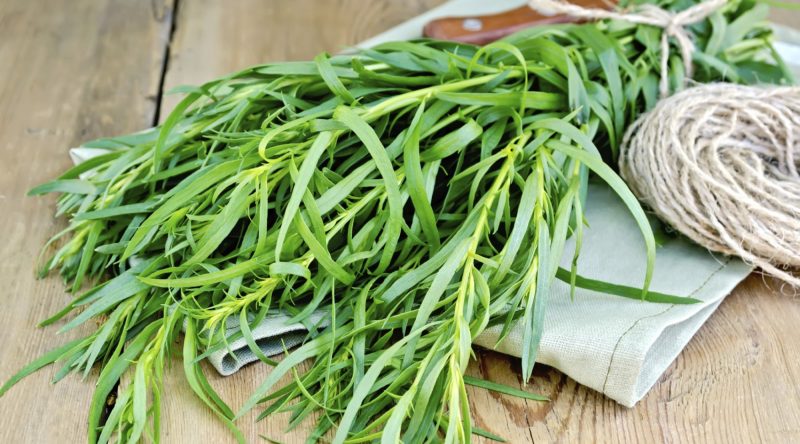
Planting tarragon is the only way to get fresh greens to the table, because it makes no sense to dry or freeze it, as all taste and healthy qualities are lost. Sometimes it is also practiced to add tarragon to oil or vinegar infusions.
The use of tarragon in cooking
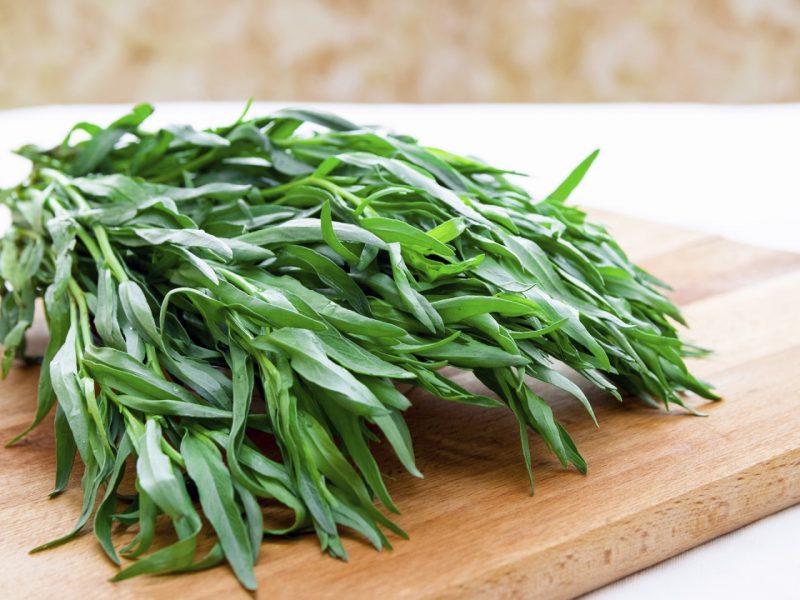
In conclusion, I would like to give some tips on the use of tarragon in cooking.
- do not heat the leaves, they lose their taste. Add greens to ready meals before serving;
- if you add a bunch of fresh tarragon to the vodka, then in a few weeks the taste of the drink will be original;
- for aromatization of oils, it is necessary to pour a few fresh branches of the plant with warm oil and insist in a dark place for several weeks;
- to make homemade lemonade, beat lime, lemon, honey, mint and tarragon in a blender, strain the juice obtained through a sieve, add sparkling water and ice;
- to make the marinade for fish especially tasty, you can add tarragon;
- when salting red varieties of fish, the addition of pre-chopped greens is also welcome;
- if you cook Dijon mustard at home, then the tarragon will come in handy.
So, given the taste characteristics of the tarragon, it is worthwhile to bring such a spice in the home garden.












